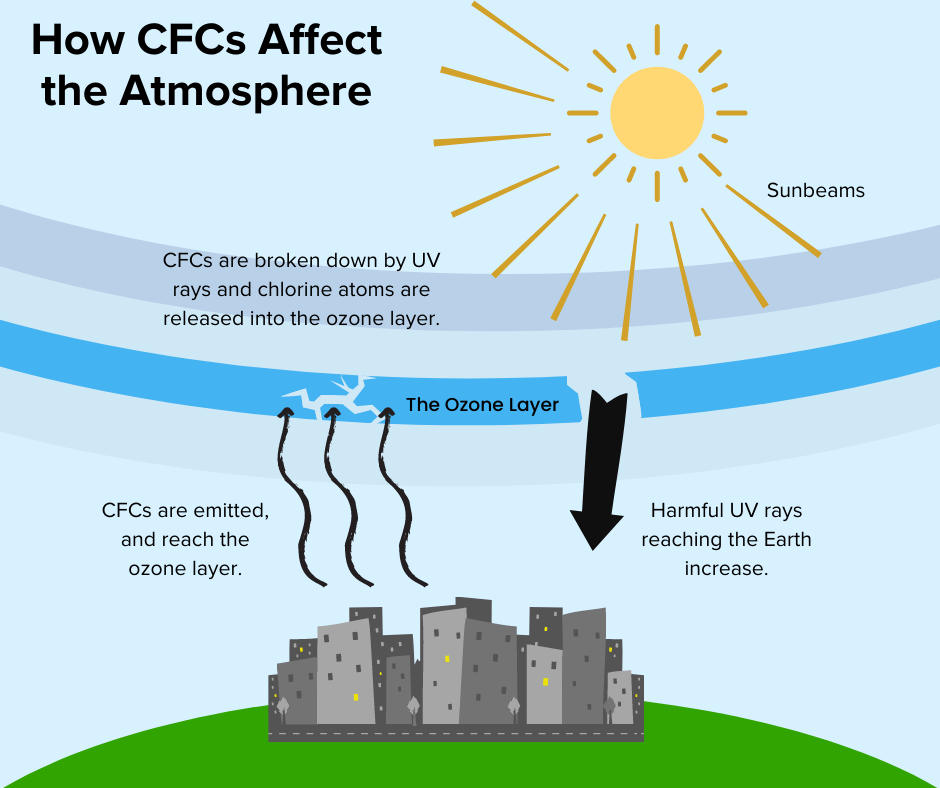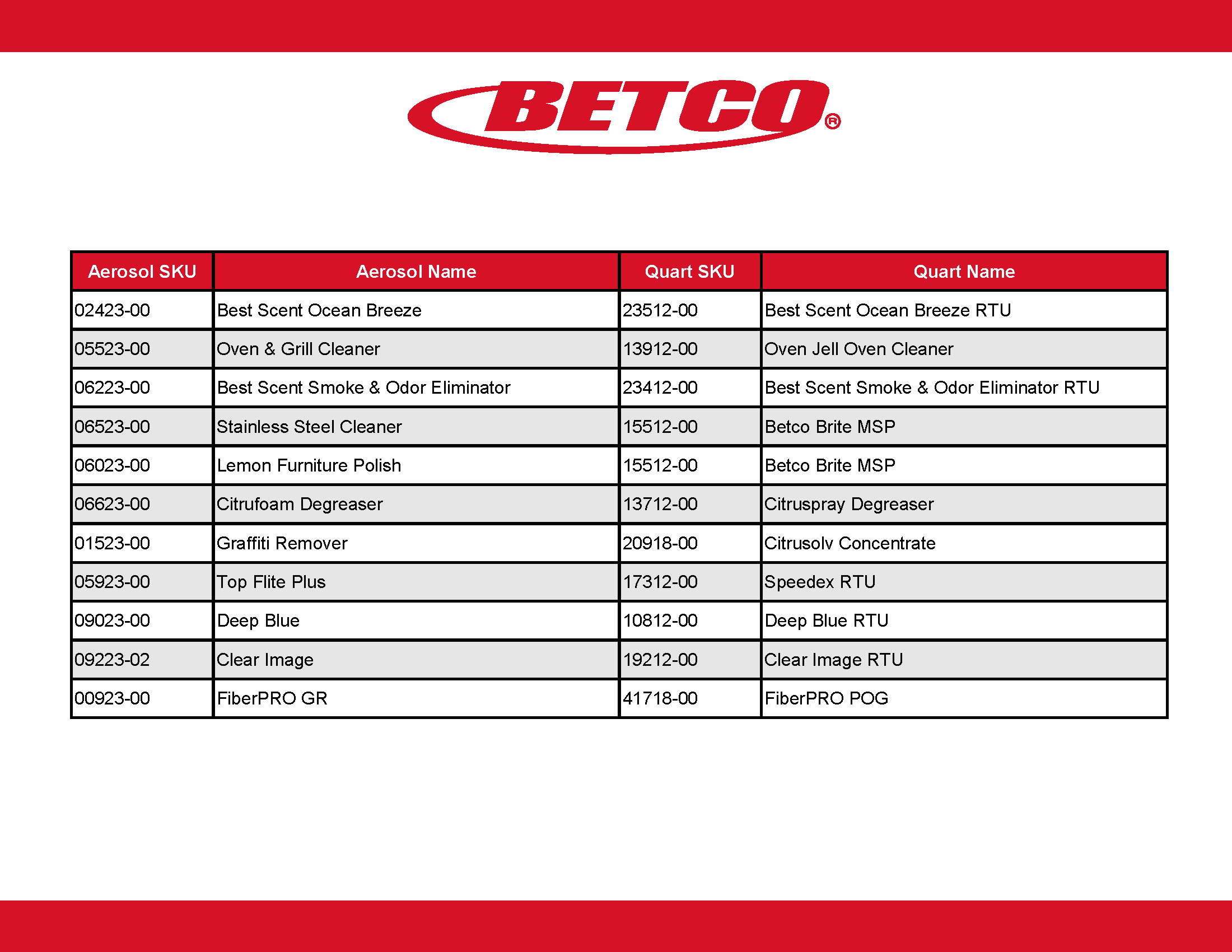The air we breathe every day is usually clear and fresh, signifying it is healthy and clean. What we don’t realize is the air is made up of tiny liquid droplets and solid particles that are inhaled every time we take a breath. Aerosols is a “catch-all”
term for the particles that are suspended in the atmosphere. It means “atmospheric particulate." Aerosols can naturally come from the planet, like dust, soot, or sea salt, or form when particles in the atmosphere react to each other. Aerosols
are also created by humans through fossil fuels, like cars, airplanes, and industrial plants. These kinds of aerosols influence the climate and the environment.
Aerosols and the Earth
Aerosols influence the climate and the environment by changing the amount of heat that enters or leaves the atmosphere. Some aerosols reflect light, preventing sun rays from reaching Earth. Others absorb heat from the sun's rays, trapping the solar
energy within the atmosphere and warming it. Both ways control how much energy reaches the Earth’s surface, which changes the balance of energy. Earth’s energy balance is how the incoming energy from the sun is used and then returned
to space. If those 2 factors are balanced, the Earth’s temperature remains constant.
Aerosol Cans
Aerosol cans are probably one of the first things that come to mind when the term “aerosol” is mentioned. An aerosol can is a self-contained dispensing system in which a substance is stored inside a small canister and pushed out as a mist,
spray, or foam. The substance mix is pressurized within the canister in order to be released by pushing the button to open the valve. Cleaning products are just one of the many items that can be applied with an aerosol can. More specifically,
disinfectants, glass cleaners, and air fresheners are usually found in an aerosol can.
 |
| Click to enlarge |
Aerosol cans were first popular in the 1920s. They were filled with insecticide and propellants to protect United States service people from diseased insects. In the 1950s, the first mass-produced aerosol valve was produced, and the aerosol industry
developed quickly around the world. It wasn’t until the 1970s when scientists discovered Chlorofluorocarbons (CFCs), the chemical used to propel the product out of the can, was harming the environment, specifically the ozone layer. CFCs
destroy the ozone layer, which protects the Earth from the sun’s harmful ultraviolet rays by rising into the stratosphere and coming into contact with ozone molecules. In response, The Clean Air Act was implemented to ban all use of CFCs
in the United States, and the trend followed around the world. Companies were challenged to find a different way to continue to sell aerosol cans for products.
Today, aerosol cans use hydrocarbons and a type of compressed or liquefied gas to function. The gas pushes down on the liquid, forcing it through the tube and out the valve. The liquid is a mixture of product and liquified gas in order to get the
misty spray expected of the aerosol can.
"The combustion of hydrocarbons releases carbon dioxide and other greenhouse gases into the atmosphere, contributing to pollution and climate change. Although carbon dioxide is essential to the survival of living things on Earth, increasing
levels in the atmosphere are linked to global warming and can be harmful to life on Earth."
Volatile Organic Compounds
Aerosol products also emit volatile organic compounds (VOCs) into the air. VOCs are carbon-containing substances that cause pollution as they interact with nitrogen oxides. When combined with other pollutants, ground-level ozone, or smog, can form.
Ground-level ozone triggers a variety of respiratory health issues when humans are exposed. When used inside a facility or home, VOCs can lower air quality. The EPA’s Total Exposure Assessment Methodology studies found that levels of a dozen
common organic pollutants can be 2–5 times higher inside homes. In a recent study by the University of New York and the National Centre for Atmospheric Science, it is estimated that 1.3 million tons of VOC air pollution is released every
year and could rise to 2.2 million tons by 2050.
Disposing of Aerosol Cans
More than 25 billion cans are used and disposed of each year. Most of these cans are steel or aluminum and can be recycled. However, only 30% of these cans actually make it to a recycling center. Investigate different recycling options for aerosol
cans in your local area as these cans cannot be thrown away or recycled in the standard way. Simply throwing aerosol cans into a trash can is bad for the environment, non-compliant, and unsafe because it is considered hazardous material from their
highly pressurized chemicals within the can. If there is any product or pressurized gas left in the can, it must be disposed of through a hazardous waste program. If recycled or thrown away with substance still inside, it can cause a fire. Refer
to the aerosol can label for specific instructions on how to properly and safely dispose of the product.
Beyond environmental effects, aerosol cans and sprays are dangerous for other reasons:
Pressurization: Any kind of problem with the pressurization of an aerosol can cause depressurization. Unintentional depressurization from punctures, excessive temperatures, corrosion, or faultiness can cause an explosion. An explosion may burn the
user or cause pieces of the can to fly through the air at random.
Ingredients: The actual product being dispensed by the can may be hazardous due to the ingredients. Depending on the product, the chemicals that create the product are released into the air and can be inhaled by the user. The product can come in contact
with the skin or eyes, causing irritation. Leftover product in an aerosol can is classified as hazardous waste.
Flammability: Aerosol cans and heat do not mix. Leaving these types of cans in the sun, near high heat or an open flame can result in an explosion. The substance inside is also most likely flammable and may catch fire. When an aerosol can is disposed
of, any leftover product inside is at risk of catching fire.
"Simply throwing aerosol cans into a trash can is bad for the environment, non-compliant, and unsafe because it is considered hazardous material from their highly pressurized chemicals within the can."
Aerosol Cleaning Products
In the commercial cleaning industry, aerosol sprays are popular for certain products, but the best defense against the dangers of aerosol cans is to stop using them completely. As an alternative, ready-to-use (RTU) quarts yield similar application
and the same results without the harmful environmental and health effects. Quart RTUs contribute to “green cleaning” due to the longer life span of cleaning solution, refillable bottles, and increased safety from reduced hazards and
chemical waste.
Most commercial and institutional aerosols, including cleaning products, are made from stainless steel material. Today, prices and demand for stainless steel are at a high, but supplies are low. Long shipment times, lack of imports, and high prices
for stainless steel scraps have all contributed to a delay in production. As a response, material skyrocketed to $50+ per roll and continues to trend upward.
Although RTUs cannot replace every single aerosol product, those that can be replaced should be replaced. Betco® has a variety of RTU cleaning products that are great substitutes to aerosol cleaning products with enhanced sustainability
benefits, including:
- Do not cause environmental pollution
- Do not emit hazardous gases into the environment
- Do not increase radiation
- Are easier to dispose of properly and recycle
Refer to the chart below to determine which quart RTU is the best alternative to an aerosol product. Our RTUs are readily available and subject to less stringent regulations. To learn more and to speak with a Betco representative, please click here.
 |
Click to enlarge |